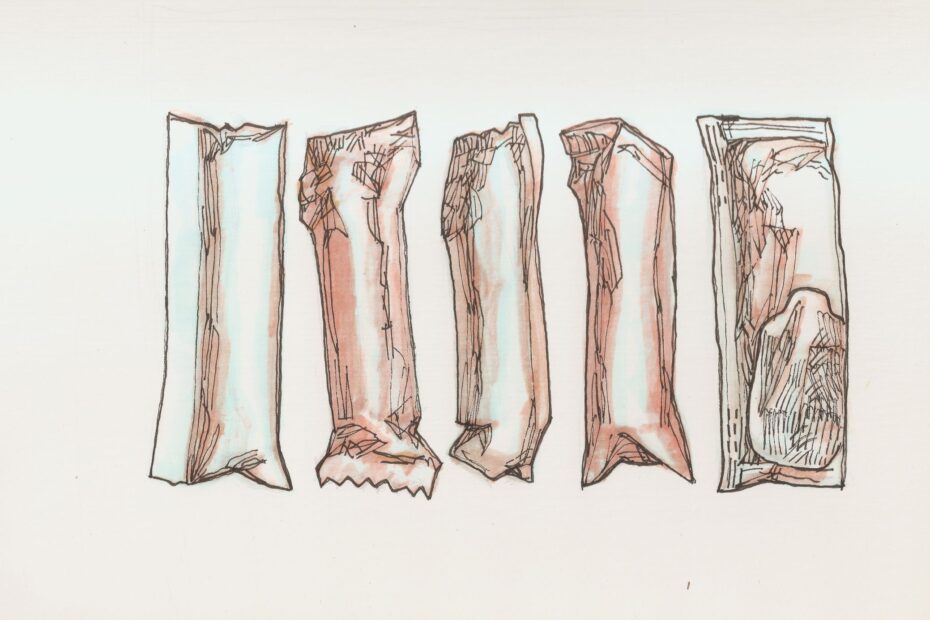Rags, cardboard, mud, and toilet paper — these are just a few of the items many individuals are forced to use in place of safe and adequate menstrual products. As Canada grapples with the rising cost of living crisis, the critical problem of period poverty continues to be overlooked. Period poverty — referring to the lack of access to menstrual products, education, hygiene facilities, and waste management — disproportionately affects the most vulnerable in society. As of 2022, the World Bank estimates that over 500 million people worldwide experience period poverty. This issue is not confined to low-income countries; it is a growing problem in many high-income countries as well, including Canada.
In Canada, period poverty occurs at the intersection of rising living costs — exacerbated by the COVID-19 pandemic, humanitarian crises, and natural disasters — and the persisting taboos surrounding menstruation. Increasing inflation has also magnified levels of period poverty. According to Statistics Canada’s Consumer Price Index, the cost of personal items, including tampons and pads, increased by 6.2 per cent compared to last year. Additionally, the “pink tax,” a tax put on menstrual hygiene products, further exacerbates the cost of menstruation. A 2023 public opinion research survey conducted by Environics Research on behalf of Women and Gender Equality Canada reveals the current extent and prevalence of menstrual inequity existing in Canada. Reportedly, one in six Canadians who menstruate have been personally impacted by period poverty, and this number rises to one in four among households earning less than $40,000 a year. One in five Canadians who menstruate believe they may not be able to afford period products at some point in the next 12 months.
In response to this problem, the Canadian government has established Budget 2022, providing $25 million for the establishment of a national pilot for the Menstrual Equity Fund (MEF). By allocating $17.9 million of their funds to Food Banks Canada, the MEF aims to address the barriers related to affordability faced by Canadians. The plan is split into 3 phases, the first two comprising the ongoing research and surveying conducted by Women and Gender Equality Canada (WAGE) and the third phase being the funding project which will run until March 31, 2024. The pilot project aims to provide free menstrual products to Indigenous schools on reserves and in federal schools across Canada, as well as to ensure the provision of free menstrual products in federally regulated workplaces.
With Canada’s cost of living crisis, community organizations such as Food Banks Canada are seeing increased demands for menstrual products. At the same time, they are having to handle the escalating costs of supplying other essential items. Many organizations have been unable to meet the needs of those coming in and asking for menstrual supplies. As the cost of living continues on an upward trajectory, many have been forced to choose between feeding their families and buying menstrual products. This burden is disproportionately felt by youth, single mothers, Indigenous peoples, racialized communities, immigrants, people experiencing homelessness, gender-diverse individuals, people living with disabilities, and those in remote areas. These groups face not only economic challenges but also increased stigma surrounding menstruation.
Many young people have experienced this stigma: feeling the need to hide their tampon or pad up their sleeve when going to the washroom at school, or the dread that comes when they forget to bring one, only to find their school does not have tampon dispensers or has run out of supply. According to Environics Research’s survey, one in four Canadians still consider periods dirty and unclean, while one in five believe it is a topic that should not be publicly discussed. These beliefs have turned menstruation into a taboo, resulting in the current lack of knowledge and support around period poverty. Due to the stigma surrounding menstruation, many people are reluctant to talk about their periods or to ask for help, instead chosing to stay home from school or work. A report from the United Nations Educational, Scientific and Cultural Organization found that one of every ten menstruating adolescents miss school during their menstrual cycle due to insufficient access to menstrual products and resources. The lack of education around menstruation is one of the primary factors that lead to negative attitudes toward this natural bodily function. Today, 78 per cent of people who menstruate beween the ages of 18 and 24 feel the need to hide their periods at school or work, while 54 per cent have felt embarrassed to talk about their experience with menstruation.
While Budget 2022 is a step in the right direction by the Canadian government, further importance needs to be given to education and awareness initiatives to reduce the stigma surrounding the issue. Comprehensive and open dialogue on period poverty and menstrual equity needs to occur. Addressing period poverty is about more than just the economic challenges; the societal barriers that perpetuate the silence and shame surrounding menstruation need to be recognized and dismantled for true and lasting change to occur. It is only through a collective effort that we can hope to create a future where menstrual products are accessible to all, regardless of economic status or identity, and where no one faces the choice between menstrual hygiene and food on the table.

